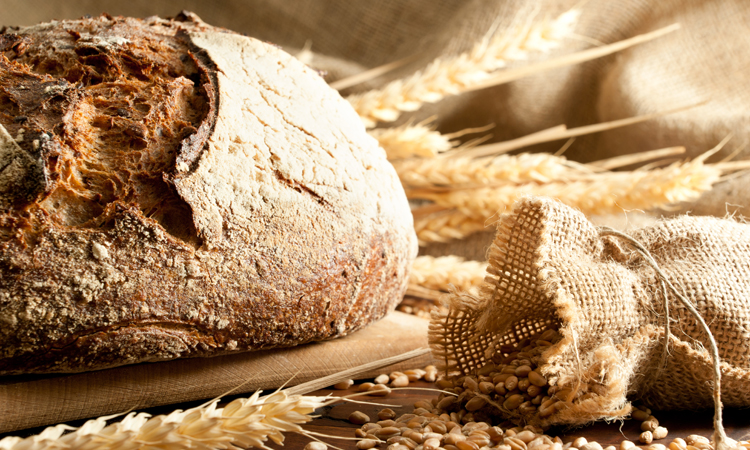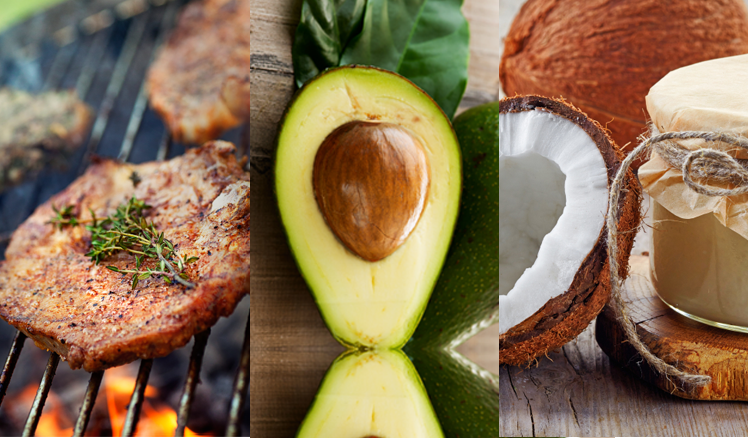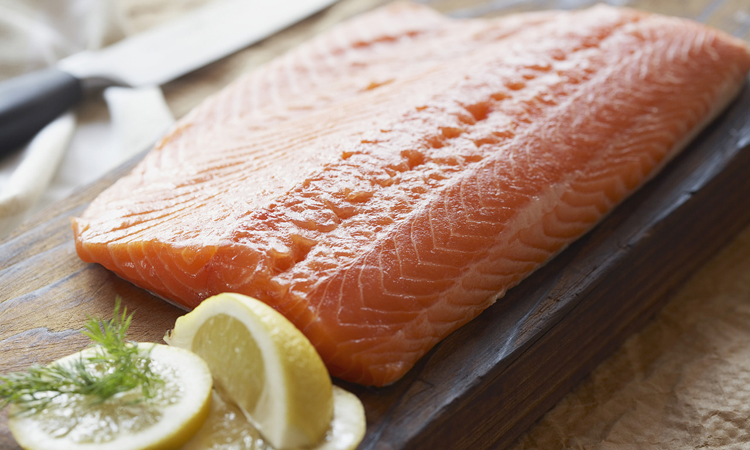Breaking Down The Big 3 Macro’s:
Carbs, Fat and Proteins
Never before have we been more confused about what to eat. I have never been a huge proponent of low-fat, low-carb or low-taste diets. What I do promote is healthy, well balanced eating and eating real food.
To accomplish a well balanced diet requires you to track three major components of the foods you are choosing: carbohydrates, fats and proteins. These are the major nutrients needed for healthy growth, healing, metabolism and other vital functions our bodies need every day. These are essential for survival, and we are going to walk you through exactly how to calculate what you need on a daily basis to help keep you and your family as healthy as possible!
Let’s break down each of the macronutrients one by one.
Carbohydrates

Carbohydrates are the macronutrients we need in the largest amount daily. About 45 to 50 percent of the total number of calories you consume should come from carbohydrates. The Institute of Medicine has determined that we need this amount of carbohydrate because carbohydrates are the body’s main source of fuel. All of the tissues and cells in our body can use glucose, the basic carbohydrate molecule, for energy.
What I highly recommend is paying attention to your carbohydrate sources. Higher amounts of carbohydrates are found in starchy foods, such as grains, beets and potatoes, fruits, milk and yogurt. Other foods, such as above ground vegetables, beans, nuts and seeds contain carbohydrates, but in lesser amounts. This is why there is typically no restriction on consuming above ground veggies, but we do want to keep our starchy veggies to a minimum. For instance, an adult should aim for a minimum of two cups of above ground vegetables and only one-half cup of a starchy vegetable per day.
Fat

Fats are essential for survival. Despite its bad reputation, we need 20 to 25 percent of our total calories to come from fat. It’s all about choosing the healthy fats: poly and monounsaturated over saturated and trans fats.
Saturated fat is found in meat, poultry and milk products while the healthier fats are found in fish, seeds, nuts and certain fruits and vegetables. Saturated fat is not something I feel you need to avoid, but do keep to a minimum compared to the healthier fats. Trans fats, on the other hand, are completely destructive to the body and should be avoided 100 percent. Typically, in the ingredients list, you will be able to see if your food contains trans fats—such as in processed cookies, pastries and margarine.
Protein

This is one of the most important macronutrients, one that I believe gets very underconsumed compared to the previous two nutrients. Protein is what provides your body with the building blocks for growth, tissue repair and immune function. The more lean muscle mass you have on your frame, the longer and healthier you will live—the same with your kids! In order to maintain or increase your current muscle mass, you need to eat adequate amounts of protein.
Protein is found in meats, poultry, fish, meat substitutes, cheese, milk, nuts and legumes. Be sure, if nothing else, that your family is meeting the 25 to 35 percent daily requirement of protein. To save you from counting, make sure that every snack and main meal has at least one source of protein included. This will help decrease further carb and fat cravings and keep your family full and satisfied.
For more information on healthy eating, or to see if I can help your family stay in tip top shape, please check out my website: TheMaximMovement.com
Post Disclaimer
This content is for informational purposes only and does not constitute medical advice. Please consult a healthcare professional for any medical concerns.



